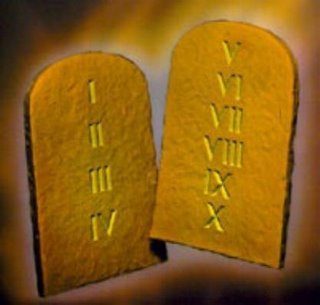 Certain words or expressions allow different parts of a sentence to be related or given a specific meaning. These elements of language are known as linguistic connectors. A connector can be a preposition, a relative pronoun, an adverb, a simple conjunction, or a compound conjunction.
Certain words or expressions allow different parts of a sentence to be related or given a specific meaning. These elements of language are known as linguistic connectors. A connector can be a preposition, a relative pronoun, an adverb, a simple conjunction, or a compound conjunction.
Types of connectors according to their functions
Linguistic connectors are essential for communication. All of them have two fundamental characteristics:
1) they relate sentences and in this way the pieces of language are combined in an appropriate way and
2) they produce cohesion in a text.
There are three types of connectors: those of opposition, those of cause-consequence and the temporary ones. In the sentence "the referee took the red card but nobody protested", the connector but allows two different statements to be linked by opposition. Other opposing connectors are: however, although or notwithstanding. The most common cause-consequence connectors are the following: therefore, consequently, by this, due to, thus and others (all of them allow the chaining of a reasoning or a series of phenomena). The most common temporary connectors are before, after, while, or during.
Among the sentences "Manuela gets good grades" and "studies with great interest" the most appropriate connector would be because and the complete sentence would be as follows: "Manuela gets good grades because she studies with great interest".
Connectors in mathematical logic and in the field of computer science
These connectors are symbols that link two or more simple propositions. In this sense, they are equivalent to linguistic connectors. However, the logical type incorporate strict rules that allow differentiating the truth or falsehood of a proposition. Connector ∧ equals one and, while connector v equals one o. In this way, if I affirm p ∧ q, this statement will be true only if p and q are true.
If I say p v q, it will only be false if p and q are false. In mathematical logic there are other connectors, such as the symbol ¬ which means no, → which expresses the idea of "if this happens then that" and other connectors.
 In any case, with these symbols it is possible to articulate a strictly logical language. This type of language is very useful for making coherent arguments or for designing computer programs.
In any case, with these symbols it is possible to articulate a strictly logical language. This type of language is very useful for making coherent arguments or for designing computer programs.
Among the technological connectors, the most common are the following: VGA IN for analog connectors, DVI for videos or projectors, USB to establish a connection between components of a computer or the Fireware 1394 that is used for the peripherals of a computer and that is used to capture images.
Photos: Fotolia - psdesign1 / Turbo









